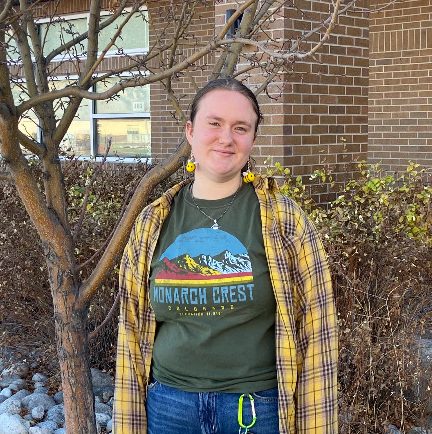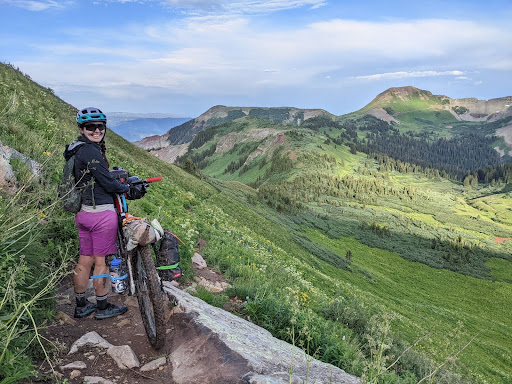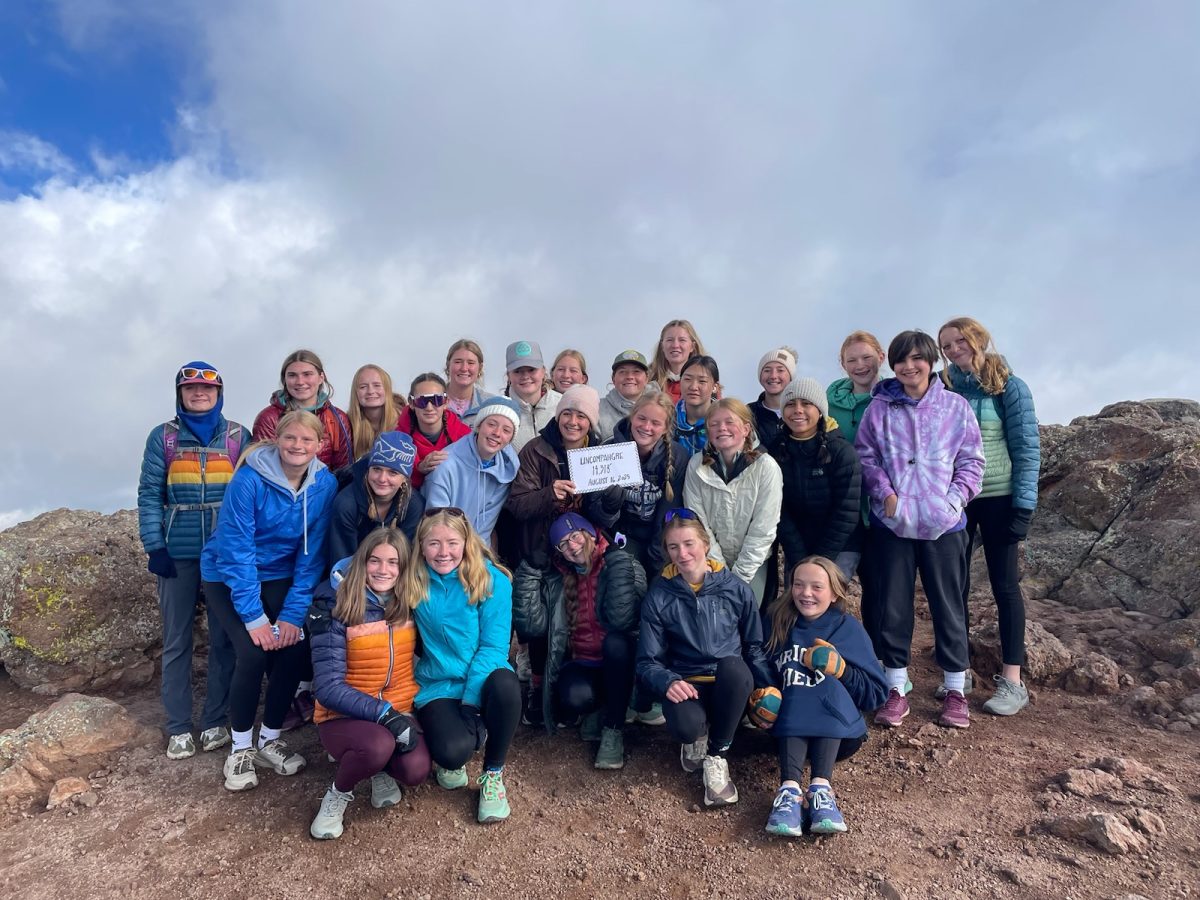
In the past few years, Salida High School has enhanced their collective understanding of the safety protocols implemented in their school. It is important for students and the community to understand what these protocols are so they can stay safe when facing an emergency. To better fit the needs of the school, the safety procedures are often slightly tweaked.
“A lot of these things [safety procedures] are in flux; they’re constantly evaluated, and the school does not make these decisions themselves, we do so in collaboration with the fire department and the police department,” Dean of Students Abigail Cooksey said.
SHS follows the Standard Response Protocol (SRP), which was developed by the “I Love U Guys” foundation. Having a standardized protocol helps clear any confusion about what to do. Everyone, from students to teachers to police officers, knows exactly what they’re supposed to do when an alarm goes off, which allows everyone to operate efficiently and uniformly.
To ensure that, in the event that one of these situations occurs, everyone is fully informed of what to do, SHS frequently practices drills. SHS does two drills a month; one is an evacuation drill requested by the Salida Fire Department and one is either a hold, secure or lockdown requested by the Salida Police Department. Oftentimes, teachers know about drills in advance, but they are sometimes instructed to not inform students of the drills so they can practice what the real situation would feel like.
“Sometimes we tell teachers to tell them [students] that it’s a drill, and then other times we decide that were gonna rehearse like it’s the real thing and don’t let staff or students know just to have folks engaged in an emergency situation where it may not be a drill,” Principal Jesse Hull said.
The first crisis the SRP addresses is called a hold. A hold is when students and teachers are required to stay in classrooms because the hallways need to be clear. Often, this is because of fights in hallways or medical emergencies.
The SRP also has a section called secure. A secure occurs when the outside doors to the school are locked, but business occurs as usual inside the school. Students can go between classrooms and continue learning, but no one is allowed in or out of the school. These occur because of threats in the community, like a police arrest being made nearby.
Lockdowns are the next procedure outlined in the SRP. For students, they are also one of the most alarming events. Lockdowns are when a threat or hazard is inside the school, and they require everyone, including teachers and administrators, to stop all activities and lockdown: lights are turned off, classroom doors are locked, and everyone hides out of sight. This happens when people bring weapons into the school.
“They [lockdowns] are the worst case scenario, and they’re the ones we prepare for the most because there’s a threat inside the building,” Cooksey said.
The SRP also addresses situations where evacuation is necessary. The most common evacuation drill is fire drills, but an evacuation could also be in response to something like a gas leak. They require students and staff to leave the school and go to a predetermined location. After evacuating, teachers take attendance and alert officials of any missing students.
Shelter is the last response outlined in the SRP. Shelters usually occur when natural disasters, like earthquakes or tornadoes, happen. Because these natural disasters are fairly unusual in Salida, these are the least common drills.
Properly knowing and frequently practicing safety protocols helps keep everyone safe in emergency situations. While drills can be bothersome, they have obviously helped prepare the school for emergencies. With the continual cooperation of staff and students, SHS will remain a safe, informed place during emergencies.


